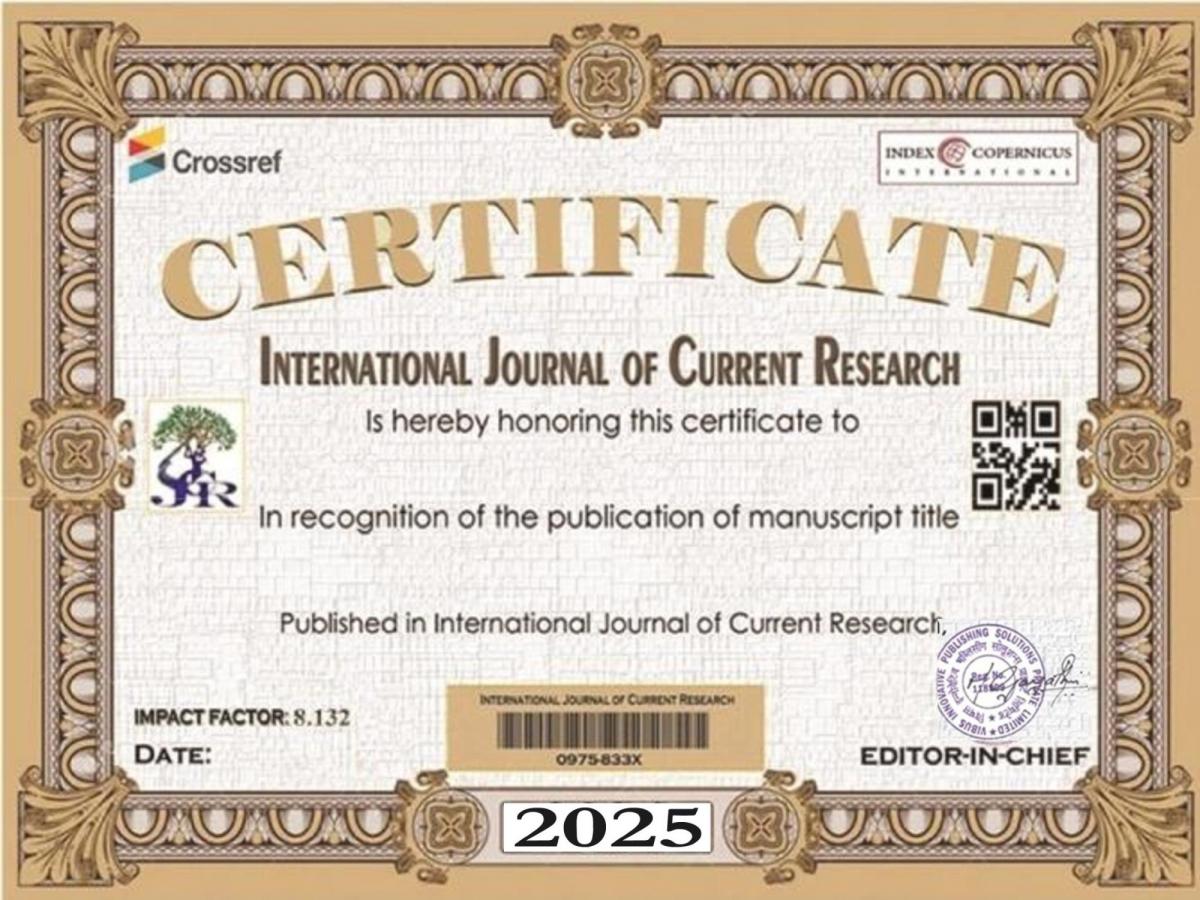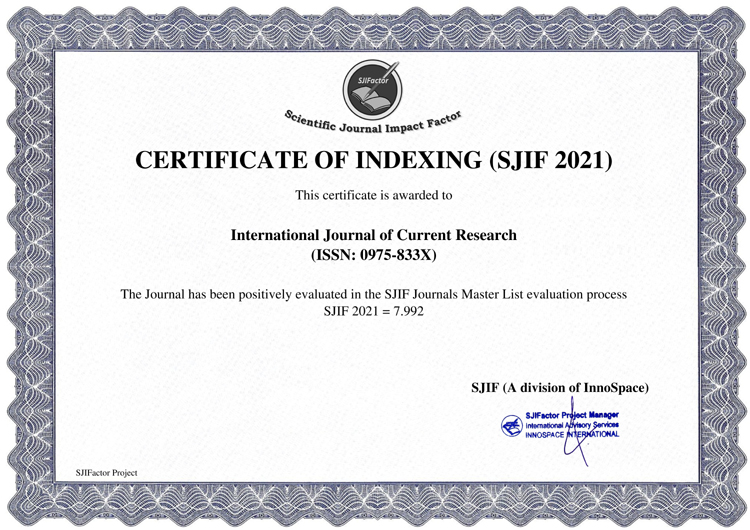The aim of this study was to scrutinize influence of different salt affected soil classes on TN, Av.P and Av.K in the study area. A total 400 soil samples were collected from two soil depth (0-20 and 20-40 cm) using systematic sampling technique. Then, salinity and sodicity parameters for all soils were analyzed. Based on analytical results, the study area was classified into 6 mapping units were indentified from both soil types. Standard procedures were employed for the analyses of soil parameters. The results of the study revealed that TN, Av.P and Av.K were significantly affected (P < 0.05 and/or P < 0.01) by salt affected soil class in both soil types, except TN were non-significant in Vertisols. TN and Av.P was showed decreasing pattern from non-saline non-sodic soil to salt affected soil classes in both soil types, although Av.P higher in Fluvisols of saline-sodic soil, whereas Av.K was higher in both soil types of saline soil. Pearson’s correlation matrix analysis, soil total nitrogen were significantly (p < 0.01) and negatively correlated with SAR and HCO3- whereas positively correlated with OM. Besides, Av.P was positively and significantly correlated with pHe, SAR, Cl-, HCO3- and CO32-, whereas Av.K was negatively associated with SAR, HCO3- and CO32-. TN, Av.P and Av.K were decreasing pattern from surface to sub-surface soil but higher Av.K at Fluvisols of sub-surface soil. Therefore, analytical result revealed of sufficiency in available K and P and deficient in TN. As recommendation appropriate management nitrogen fertilizer was sustaining agricultural productivity of in salt affected soils.





